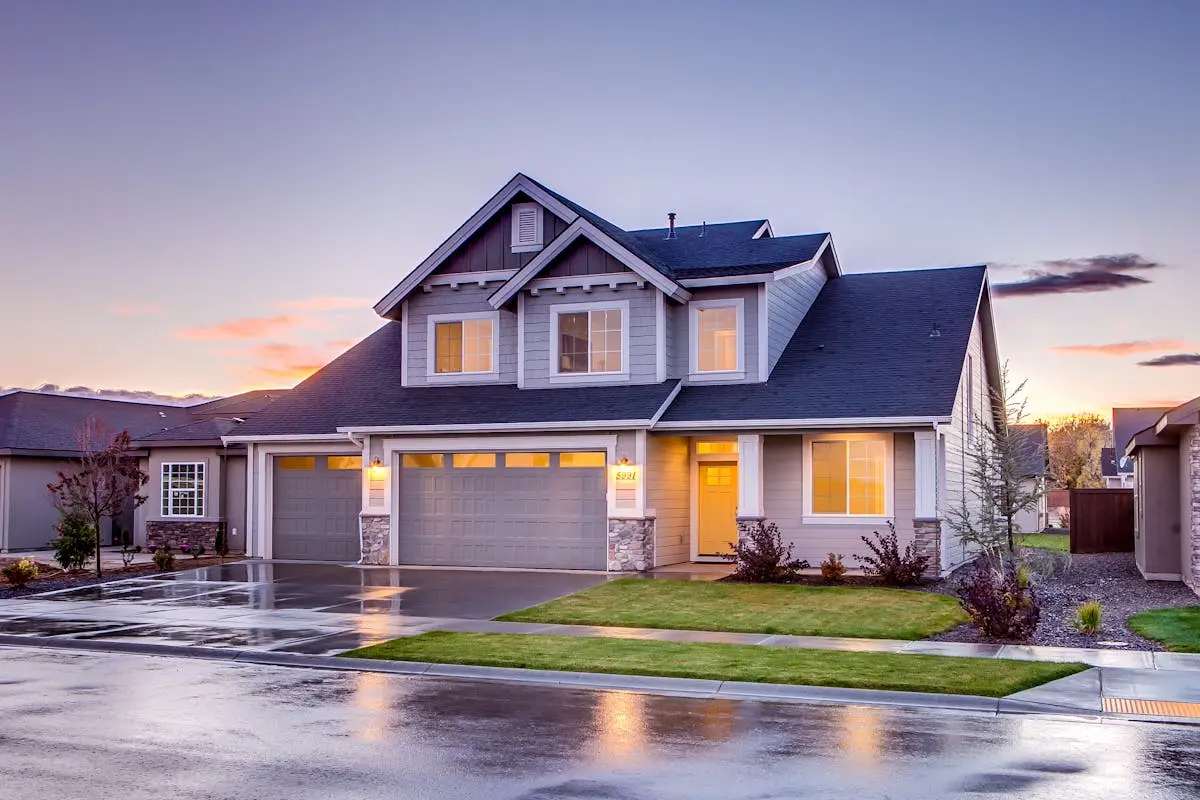Understanding the importance of weather conditions
Rain or extreme heat can make roof replacement difficult. Replacing a roof during rainy weather can lead to water damage and delays, while extreme heat can affect the installation process. It’s crucial to schedule a roof replacement during mild weather to ensure a smooth process and the best results.
Signs indicating the need for a full roof replacement
Look for these signs to know if it’s time for a full roof replacement:
- Leakages: If you notice water dripping or stains on your ceiling, it may be a sign of a failing roof.
- Missing or Damaged Shingles: Check for any shingles that are broken, curled, or missing as they can leave your roof vulnerable to leaks.
- Sagging Roof: A roof that appears to be sagging in certain areas could indicate structural issues that might require a full replacement.
- Age of Roof: If your roof is more than 20 years old, it might be time to consider a full replacement to ensure your home’s safety and protection.
Impact of weather on the roof replacement process
Roof replacement is best done when the weather is calm and dry. Rain or strong winds can disrupt the process and potentially cause delays. Temperature also plays a role; extreme cold or heat can affect the materials used. Humidity is another factor to consider as it can impact the adhesives and sealants used in the roofing process. Lastly, storms should be avoided during roof replacement to ensure the safety of the workers and the quality of the installation.
Best weather conditions for a successful roof replacement
The best time for a successful roof replacement is during dry weather conditions. Moisture from rain or snow can make the roofing materials slippery, which can be unsafe for the workers and may affect the quality of the installation. It is also important to ensure that there are no high winds that could potentially damage the materials or disrupt the roofers’ work. Choose a period with mild temperatures that are not too hot or too cold, as extreme temperatures can impact the effectiveness of the installation process. A clear, calm day with moderate temperatures is ideal for a smooth and efficient roof replacement.
Weather factors to consider before scheduling a roof replacement
When planning a roof replacement, it’s crucial to consider the weather to ensure the process goes smoothly. Here are some weather factors to keep in mind:
- Rain: Avoid scheduling a roof replacement during rainy seasons to prevent water damage to your home.
- Wind: Strong winds can make the installation process challenging and unsafe for workers.
- Temperature: Extreme temperatures, both hot and cold, can affect the materials’ performance during installation.
- Humidity: High humidity can affect the adhesion of roofing materials, leading to potential issues in the long run.
Considering these weather factors will help you choose the right time for a full roof replacement that ensures a successful outcome.
Preparing for a full roof replacement in different weather scenarios
Roof replacements are best scheduled during dry and mild weather conditions. Rain or snow can affect the installation process and the quality of the new roof. High winds can be dangerous for roofers, making it unsafe to work. Before scheduling a roof replacement, check the weather forecast to ensure optimal conditions for the installation.
Handling delays due to unfavorable weather
If unfavorable weather conditions like rain or high winds are causing delays in your roof replacement project, it’s important to stay patient and flexible. Here are some tips to handle these delays smoothly:
- Communicate: Keep in touch with your roofing contractor to stay updated on the situation and any necessary adjustments to the timeline.
- Safety first: It’s crucial to prioritize safety for the workers and the project. Rushing through a roof replacement during bad weather can lead to accidents and poor quality work.
- Rescheduling: Work with your contractor to reschedule the project for a more suitable time when the weather conditions improve.
- Preparation: Use this extra time to prepare your home for the upcoming roof replacement. Clear out any obstacles around the house and ensure easy access for the crew once work can resume.
- Patience: Remember that delays due to weather are common in the roofing industry. Stay patient and trust that your contractor is working to complete the project as soon as it’s safely possible.
Ensuring safety during inclement weather
When planning for a full roof replacement, it’s crucial to ensure safety during bad weather conditions. Here are some key points to keep in mind:
- Check the weather forecast before beginning any roofing work.
- Avoid working on the roof during rain, snow, or high winds to prevent accidents and ensure a quality installation.
- Consider rescheduling the replacement if severe weather is expected to maintain the safety of the workers and the integrity of the new roof.
Postponing or rescheduling a roof replacement due to weather
Postponing or rescheduling a roof replacement because of the weather can lead to further damage to your home. It’s important to consider the impact of weather on the timing of your roof replacement. Heavy rain can cause leaks to worsen, while strong winds can lift and damage shingles. Waiting for the perfect weather conditions may result in more extensive repairs down the line.
Conclusion: Weather’s role in determining the right time for a full roof replacement
When deciding the best time for a full roof replacement, it’s essential to consider the weather conditions. Weather plays a significant role in the success and longevity of a new roof. Here’s a rundown of why weather matters:
- Harsh weather conditions can make it difficult to install a new roof properly.
- Extreme temperatures can affect the materials used in the replacement process.
- Rain or snow can hinder the roof replacement process and impact the quality of the installation.
- Choosing the right time to replace your roof can optimize the performance and lifespan of your new roof.
Consider consulting with a professional to determine the optimal time for a full roof replacement based on the weather in your area.





